Big cats have captured the human imagination for millennia, their magnificence inspiring awe and reverence across diverse cultures throughout ancient history. From the intricate tapestries of ancient Egypt to the mythological tales of feudal China, the power and mystique of these formidable creatures have been integral to cultural narratives. This article explores the profound cultural significance of big cats in ancient civilizations, uncovering fascinating ways in which humans have venerated these majestic animals.
Big Cats in Ancient Egypt
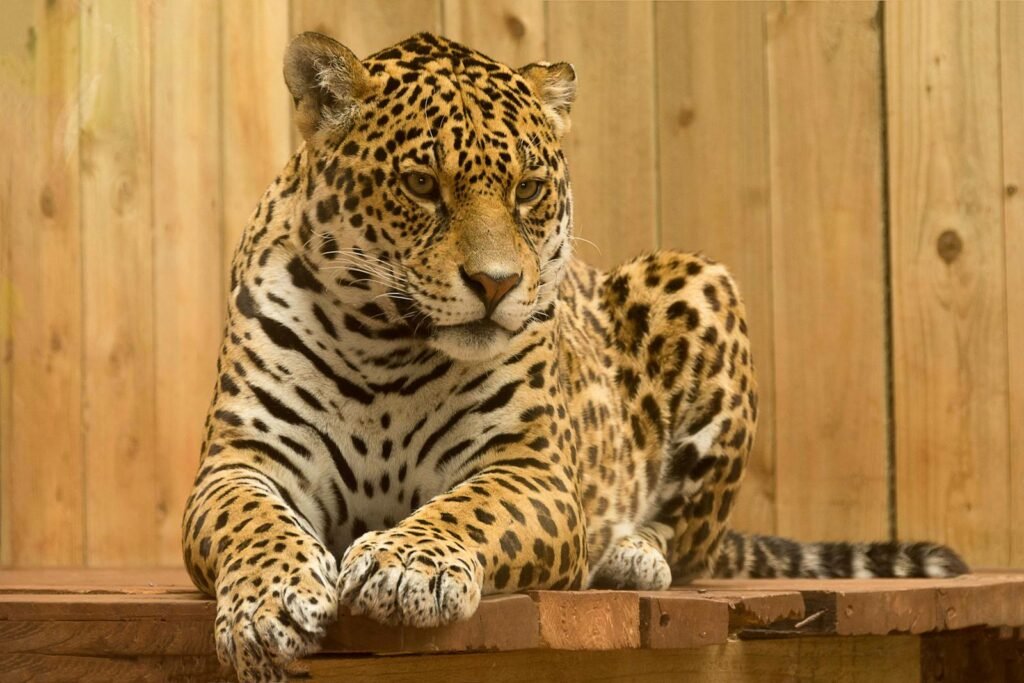
Ancient Egypt is perhaps the most renowned for its veneration of big cats, particularly the lion. The lion was depicted as a symbol of strength and regal authority and was closely associated with the Pharaohs. Deities such as Sekhmet, a lioness goddess, embodied war and healing aspects, reflecting the lion’s dual nature as both a fierce killer and protector. Ancient artifacts, inscriptions, and hieroglyphs frequently exhibit lions, highlighting their critical role in Egyptian society as symbols of power and protection.
Lions in Mesopotamian Civilizations
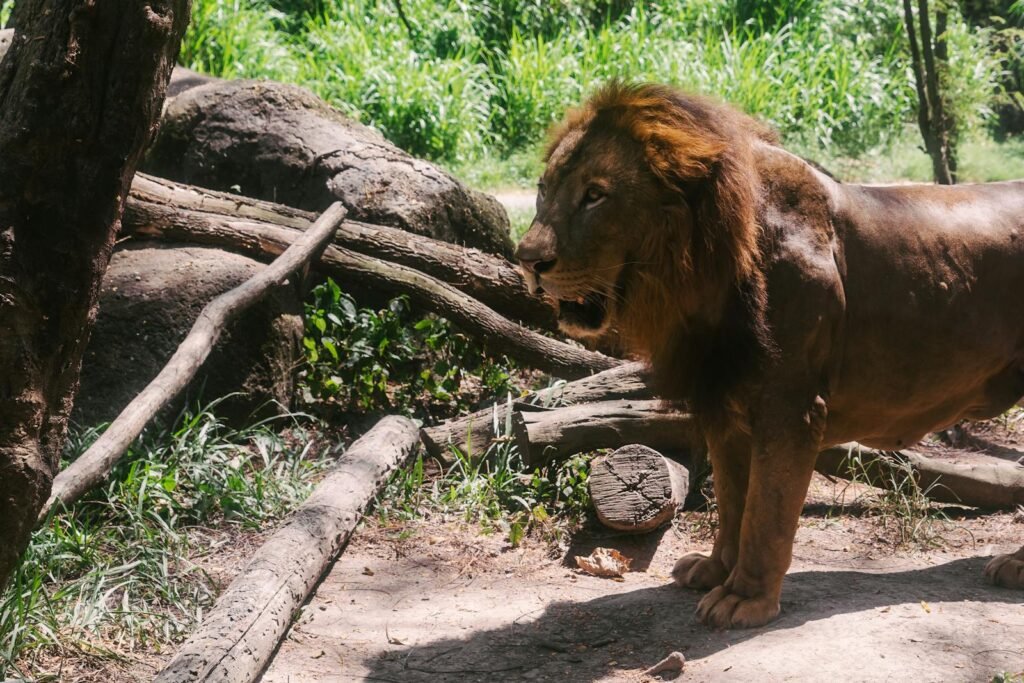
In the Mesopotamian cultures of Babylonia and Assyria, lions were venerated as symbols of royalty and divine protection. The famous Ishtar Gate of Babylon features intricately carved images of lions, representing the goddess Ishtar’s divine guardians. For the Assyrians, the lion hunt was a royal prerogative, emphasizing the king’s prowess and ability to protect his people. This cultural symbolism underscored the lion’s status as an emblem of leadership and courage.
Tigers in Ancient China
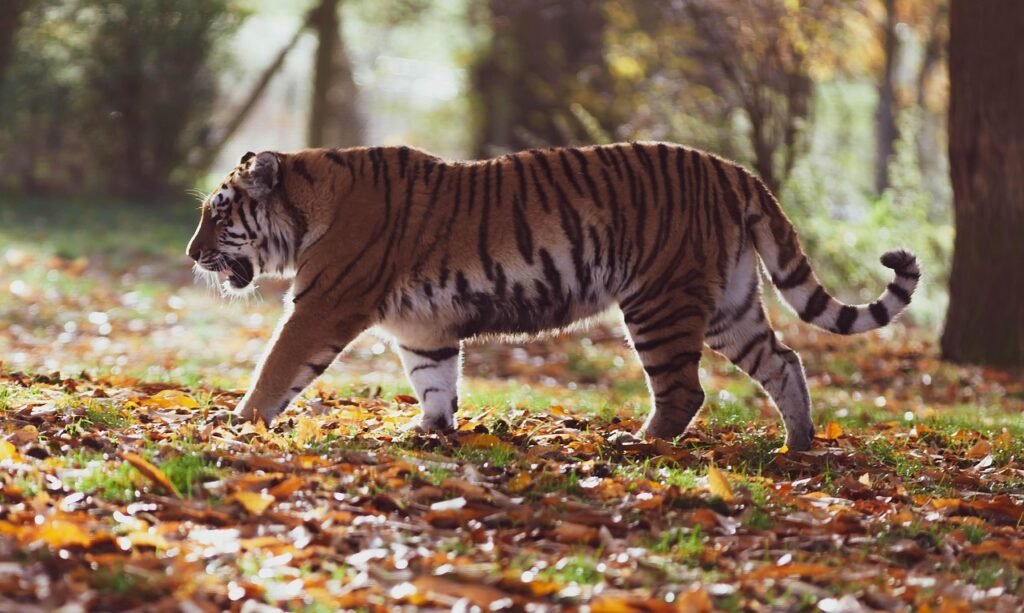
The tiger holds a vital place in Chinese mythology and folklore, where it is considered a noble creature embodying bravery and power. Ancient Chinese beliefs placed the tiger among the four celestial animals, associating it with the wind, strength, and the earth. The White Tiger was one of these four, symbolizing autumn and the west. In Chinese art and military symbolism, the tiger often represents martial skill and protection against evil forces, underscoring its revered status.
Jaguars in Mesoamerican Cultures
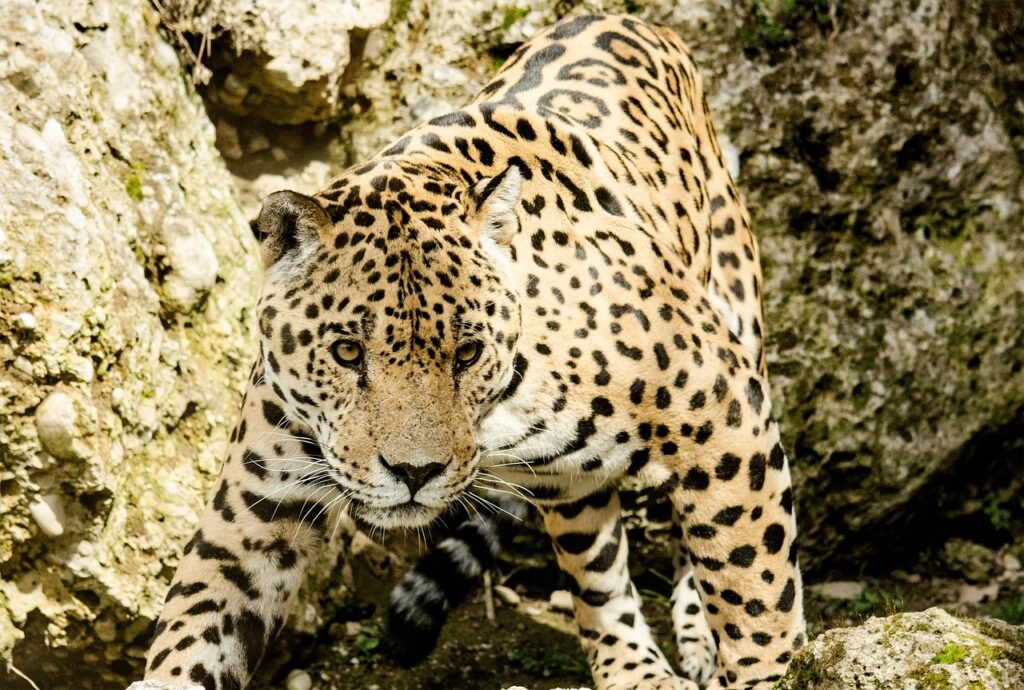
For the ancient Mesoamerican civilizations, such as the Olmec, Maya, and Aztec, the jaguar was a mystical figure, often depicted as a deity or spiritual guide. The jaguar’s strength, stealth, and nocturnal nature made it a powerful symbol in religious rituals and mythology. The Olmec civilization crafted jaguar motifs in their art, while the Maya associated the jaguar with the underworld and celestial realms, emphasizing its role as a bridge between worlds.
Leopards in African Tribal Societies
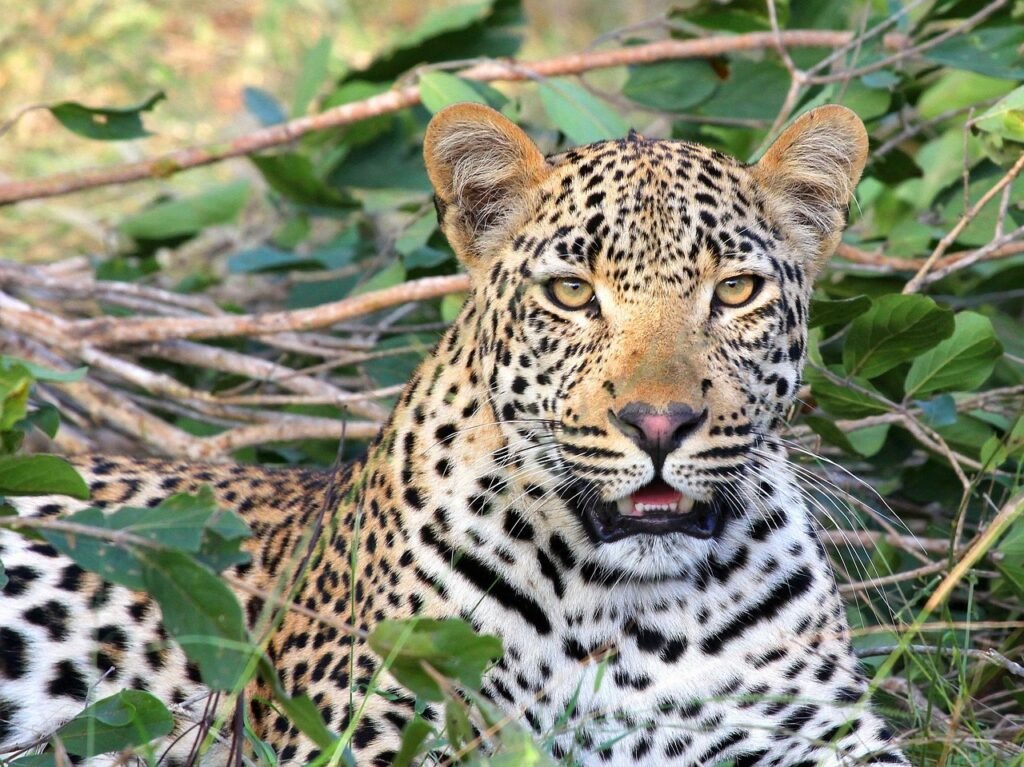
Throughout African history, leopards have been regarded as emblems of wisdom, nobility, and the divine. Many African tribes associate leopards with royalty and leadership, with some cultures viewing them as intermediaries between humans and the spiritual world. The Akan people of Ghana, for instance, revered the leopard as a symbol of the king’s power and ability to lead decisively and justly, showcasing its importance in governance and tradition.
Cultural Impact of Big Cats’ Characteristics

The inherent characteristics of big cats—such as their predatory prowess, stealth, and majestic appearance—contributed to their emblematic roles across different cultures. Their physical superiority and hunting skills inspired admiration and allowed them to embody ideals of strength, bravery, and leadership. In many ancient societies, these characteristics were internalized into human institutions, rituals, and societal roles, reinforcing the reverence for big cats.
Artistic Representations of Big Cats
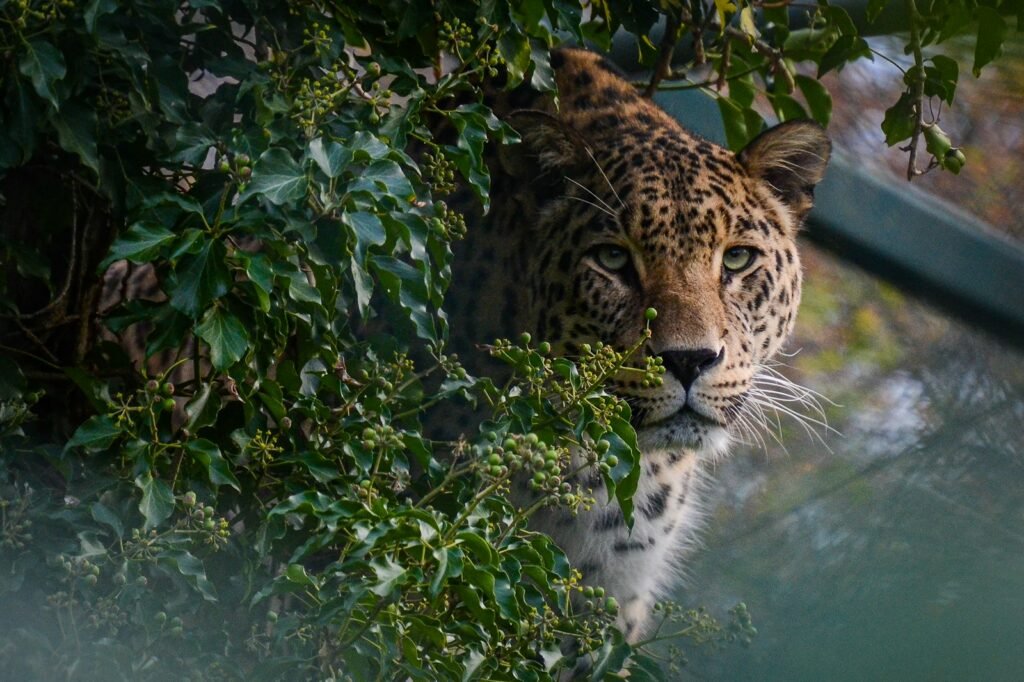
Art has long been a medium through which cultures depict the significance of big cats, with sculptures, carvings, paintings, and textiles reflecting their impact. From the sacred bas-reliefs on tomb walls to the elaborate mosaics and frescoes in palatial estates, big cats have been a frequent subject of artistic expression, highlighting their cultural and spiritual importance.
Big Cats as Symbols of Deities
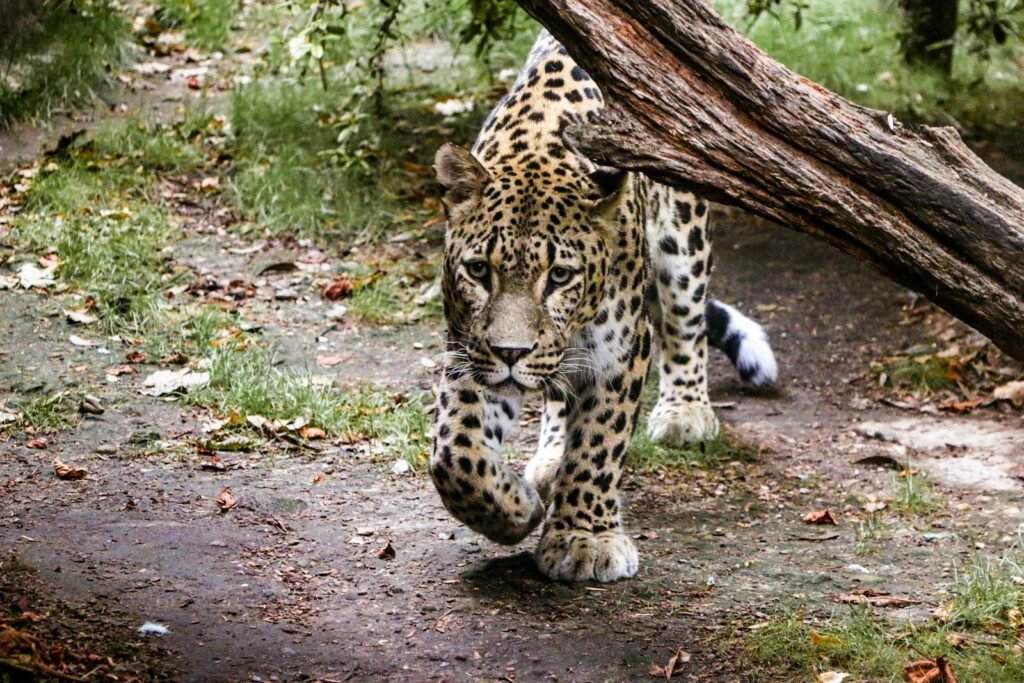
In many ancient cultures, big cats were not merely animals but were closely tied to the divine. Whether as companions to gods or manifestations of gods themselves, big cats embodied divine attributes. This association is evident in religious iconography, where deities often appear with feline companions, emphasizing their roles as conveyors of divine messages or embodiments of divine power.
Rituals and Festivals Celebrating Big Cats
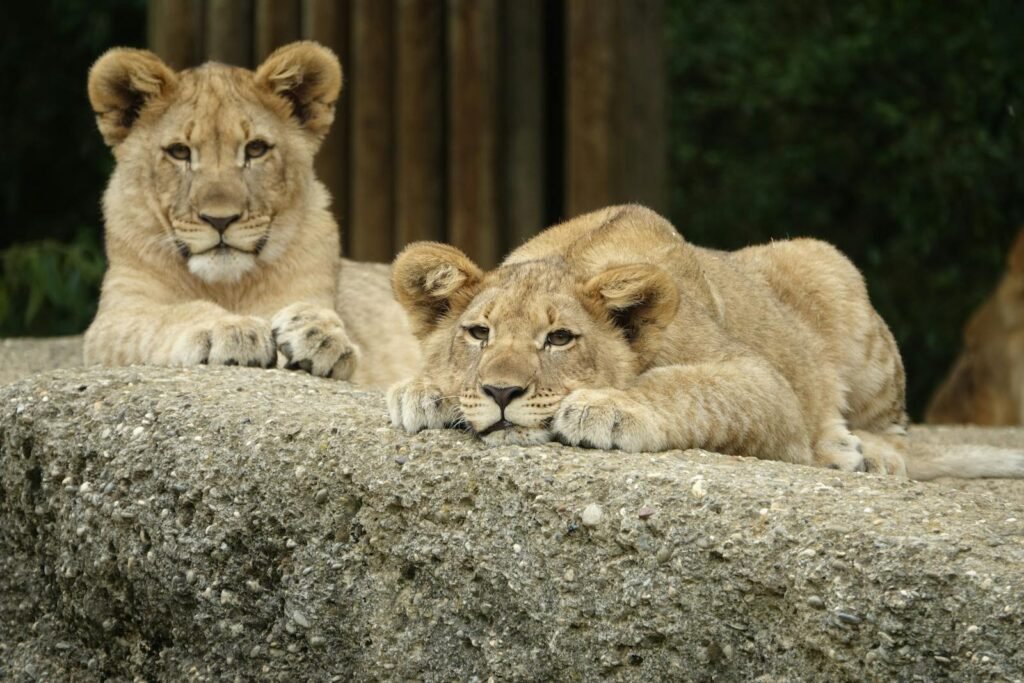
Mystical and religious rituals in ancient cultures often incorporated big cats, celebrating their spiritual significance. Festivals dedicated to lion or tiger deities, involving music, dance, and theatrical performances, celebrated the cultural and natural significance of these creatures. These events reinforced social cohesion and paid homage to the revered status of big cats within the community.
Conclusion: The Enduring Legacy of Big Cats
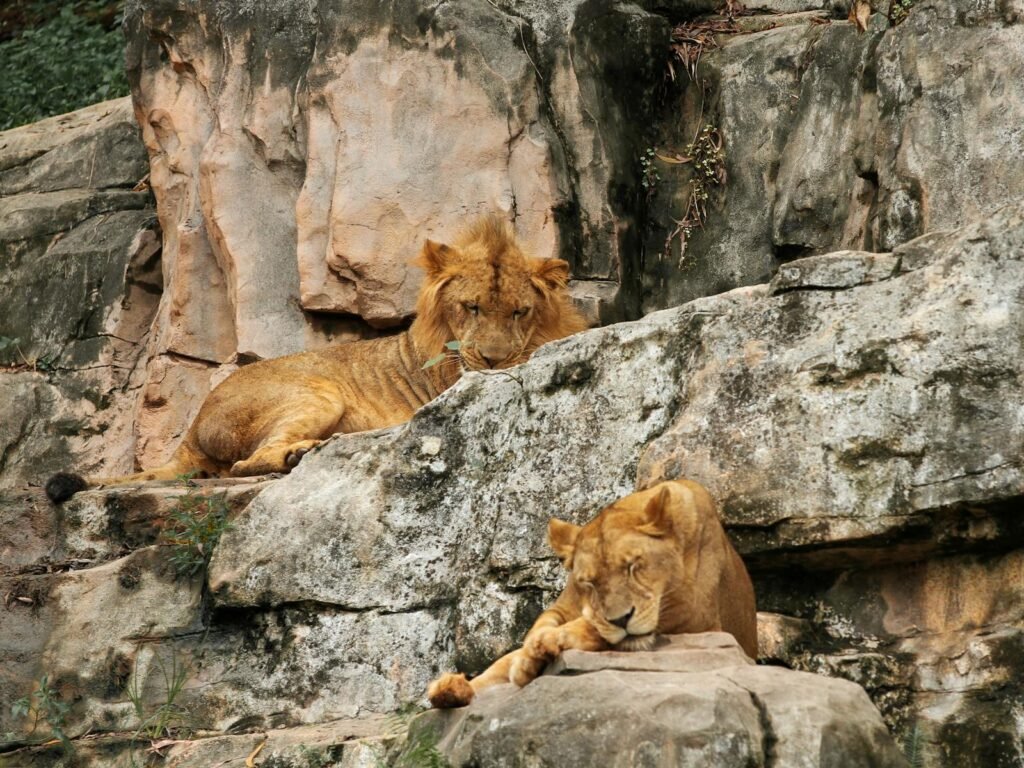
The cultural significance of big cats in ancient history is a testament to their awe-inspiring presence and multifaceted symbolism across civilizations. As embodiments of strength, protection, and the divine, big cats have left an indelible mark on human culture and mythology. Even today, they command respect and admiration, their legacy enduring as symbols of power and mystery. In recognizing their impact on ancient societies, we gain insights into the timeless bond between humans and these magnificent creatures.

Growing up traveling and experiencing new cultures and wonders, I have had a passion for nature, adventuring, photography, and videography. I am currently working towards a BSc in Biodiversity and Ecology at Stellenbosch University, and I hope to specialise in Marine Sciences one day.
Please send any feedback to Feedback@animalsaroundtheglobe.com






